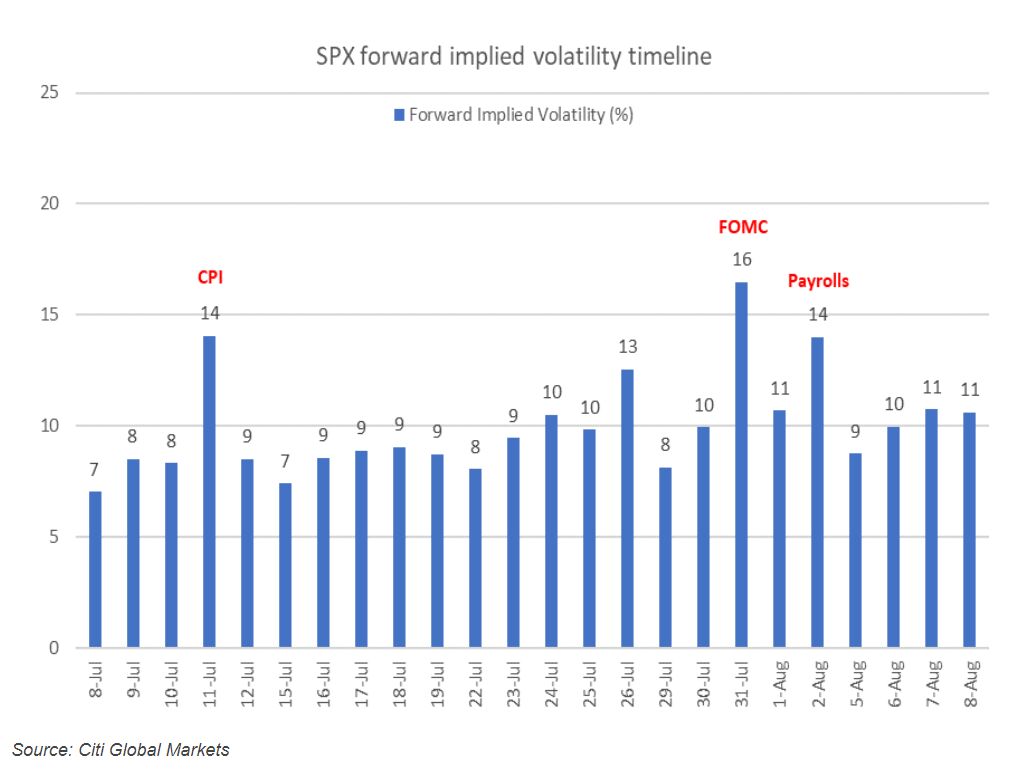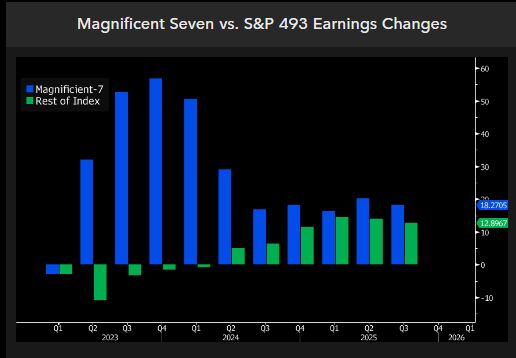
(July 11): A rally in the world’s largest technology companies sent stocks to all-time highs, with US Federal Reserve (Fed) chair Jerome Powell’s remarks to Congress not doing much to dissuade traders from betting on Fed rate cuts this year.
For the first time in its history, the S&P 500 topped 5,600. A renewed bid for megacaps drove the US equity benchmark to its longest rally since November, with Nvidia Corp up over 2.5% and Apple Inc climbing on news it aims to ship 10% more new iPhones after a bumpy 2023. Treasuries remained fairly stable after a strong US$39 billion (RM183.08 billion) sale of 10-year bonds. Swaps are pricing in two Fed cuts in 2024 — and higher chances the first comes in September.
As Wall Street geared up for the consumer price index (CPI), Powell said the Fed doesn’t need inflation below 2% before cutting rates, while adding officials still have more work to do. He noted the labour market has cooled “pretty significantly”. Powell cited a “good ways to go” on the balance-sheet run-off, and said commercial real estate doesn’t threaten financial stability.
“The key takeaway from his testimony is the Fed’s assessment of the balance of risks is shifting in ways that — if supported and sustained by incoming data — will deliver a rate cut in September,” said Krishna Guha at Evercore.
The S&P 500 climbed 1% — up for a seventh straight day — to notch its 37th record this year. Gold and silver mining stocks rallied on Fed easing bets. Banks underperformed. Google parent Alphabet Inc has shelved efforts to acquire HubSpot Inc, according to people with knowledge of the matter.
US 10-year yields fell two basis points to 4.28%. Bank of England chief economist Huw Pill said the timing of a rate cut is still an “open question”, prompting traders to pare bets on August cut. Oil rose as a US holiday boosted demand for gasoline and jet fuel.
“Markets remain remarkably calm despite the flood of data this week, including Fed chair Powell’s testimony, CPI/producer price index reports, and the beginning of the earnings season,” said Mark Hackett at Nationwide.
The so-called core CPI, which excludes food and energy costs and is seen as a better measure of underlying inflation, is expected to rise 0.2% in June for a second month. That would mark the smallest back-to-back gains since August — a pace more palatable for Fed officials.
“June’s CPI report looks to be another ‘very good’ report that should boost the FOMC’s (Federal Open Market Committee) confidence about the inflation trajectory,” said Anna Wong at Bloomberg Economics. “That should set the stage for the Fed to start cutting rates in September.”
A survey conducted by 22V Research shows 55% of investors expect the market reaction on Thursday’s CPI to be “risk-on”, 16% said “risk-off”, and 29% “mixed/negligible”.
“There is optimism about inflation generally,” said Dennis DeBusschere at 22V, adding that the survey also showed investors think “the CPI is on a Fed-friendly glide path”.
Meantime, some trading desks say investors should gear up for a potential break in the eerie calm that’s recently descended on the market.
The options market is betting the S&P 500 Index will move 0.8% in either direction after Thursday’s report on consumer prices, based on the price of that day’s at-the-money straddles, according to Stuart Kaiser, Citigroup’s head of US equity trading strategy.
If it happens, that would be the biggest move for the index since June 12, the day of the last CPI print and interest-rate decision.
Market volatility may pick up in the days and weeks ahead, amid US political uncertainty, comments from the Fed chair, and the start of the second-quarter earnings season, according to Mark Haefele at UBS Global Wealth Management.
For the first time since 2022, S&P 500 earnings may not be laser-focused on just technology, with the quarter’s success hanging on everything aside from the megacap tech heavyweights that have driven stocks to all-time highs, according to Bloomberg Intelligence strategists led by Gina Martin Adams.
“While forecasts for the ‘Magnificent Seven’ remain robust, their earnings are expected to slow in the second quarter — just as the rest of the S&P 500 may finally post their first year-on-year growth in at least five quarters,” they noted.
The Magnificent Seven may have already peaked, while the remaining S&P 500 stocks may post their first earnings expansion in at least six quarters, the strategists concluded.
Uploaded by Isabelle Francis




